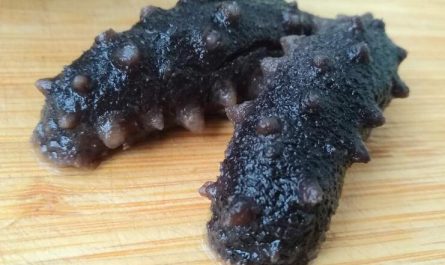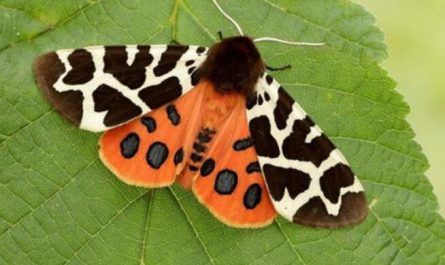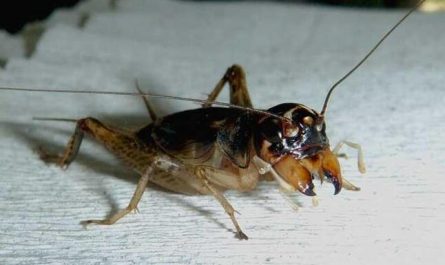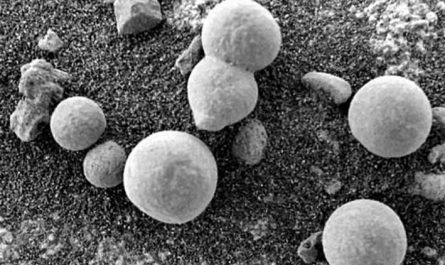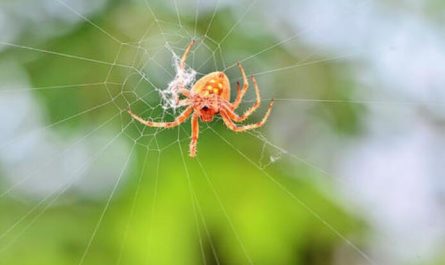Why cats like catnip
What is catnip? In layman’s terms, it belongs to catnip, which is often referred to as catnip. It has an exciting and stimulating effect on cats. The role of catnip is equivalent to a hallucinogen, and cats can have an exciting effect through smell or taste. Of course, some cats like catnip, but some cats don’t like catnip. What is causing this?
Catnip comes in leaf form and powder form. The leaf form is what we often call catnip. Generally, kittens are not suitable for catnip. Moreover, like kittens less than three months old, cats that are too nervous may not respond to catnip. In addition, cats that are naturally not interested in catnip will respond to catnip.
Catnip has a variety of product types on the market, such as snacks, sprays, and toy stuffing. It is more common in China to dry catnip, and there are live catnip plants abroad. For cat owners to use after planting themselves.
Generally speaking, do not use catnip for young cats. Many parents suggest not to use catnip for cats before they are 8 months old. When the pet cat grows up slowly, you can use some appropriately. For example, put some catnip in the toy and make some (appropriate) catnip smell on the scratching board. This will make more cats like toys and scratch the scratching board.
The English name of catnip is Catnip. There is a refreshing smell. Approximately 50% of cats are interested in the smell of grass leaves and like to scratch and bite, but this does not mean that cats must consume catnip to maintain their health. In fact, catnip is a plant that can cause hallucinations. Some cats can cause temporary (5-15 minutes) behavioral changes after eating. Camphor grass is not addictive. In short, catnip does not substantially help or harm the health of cats.
Its roots and leaves have a mint flavor, which can repel rats and beetles. It is popular in China for making tea. The leaves and flowering branches can treat colds, nausea, cooling, headaches and itchy scalp. Cats love this plant. , The pet toys made from its dried leaves are sold abroad.
The effect of catnip is very short-lived, and it will neither make cats addictive nor have side effects. Approximately 70% of cats respond to the smell of catnip. When they get toys with catnip or catnip grass, they will put their heads on them and rub their heads, and then they will roll around on the ground unconsciously. He even drools and licks catnip. But after a while, he will suddenly wake up again, seemingly embarrassed by his gaffe just now, and walk away as if nothing had happened.
Catnip is a herbaceous plant that contains a chemical substance called nepetalactone, which is oily and easily excites cats. This substance is similar to a human tranquilizer, which does not produce excitement for humans. On the contrary, it will relax people’s nerves and promote sleep.
Catnip not only makes cats happy, but also induces vomiting. Pet shops sell catnip-filled toys and cat scratch plates. Of course, cat owners can also buy catnip at Porgy Mall. Each use of 0.5 grams or less can make cats excited. Homemade catnip toys or placing catnip in the cat’s nest will bring more novel experiences.
The influence of catnip on cats and cats
Approximately 50% of cats are interested in the smell of grass leaves and like to scratch and bite, but this does not mean that cats must consume catnip to maintain their health. In fact, catnip is a plant that can cause hallucinations. Some cats can cause temporary (5-15 minutes) behavior changes after eating, such as sneezing, chewing, rubbing, rolling, meowing, delirium, etc. . Some cats will chase imaginary mice after eating catnip, while others will sit and stare blankly. These behaviors do not cause any harm, and catnip is not addictive. In short, catnip does not substantially help or harm the health of cats. Some examples have shown that catnip has the same effect on tigers, jaguars, cheetahs, and lynxes. But its effect on lions seems to be limited.

